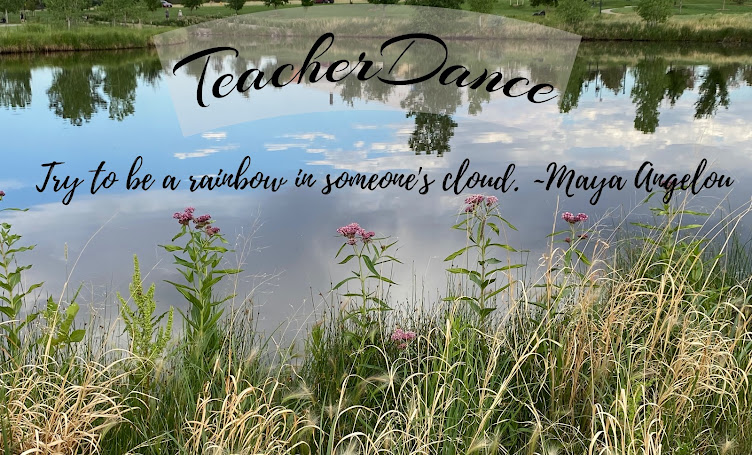 Carol Wilcox at Carol's Corner hosts Poetry Friday today with a beautiful poem about daffodils. I just changed my blog picture for spring, imagine that Carol will like it! Thanks for hosting, Carol.
Carol Wilcox at Carol's Corner hosts Poetry Friday today with a beautiful poem about daffodils. I just changed my blog picture for spring, imagine that Carol will like it! Thanks for hosting, Carol.
It is an exciting prelude, like that time before a concert when one hears the orchestra tuning up, sometimes called a "Tuning A" when they get in line with the oboe A and others follow. Later, mixed, one can call it a cacophony, sets the heart racing, doesn't it? I am calling to mind that it is nearly April, poetry month when some make poetry goals and write every day, Irene Latham's Progressive Poem calls for 30 poets to create together, Jama Rattigan collects everyone's goals to share, some tag along and write to the goals of others.
Extra: Tabatha Yeatts shares a link to poems teachers and librarians can print for poetry month, titled "Poetry in The Halls". I'm grateful to be one of the poets!
Extra: Tabatha Yeatts shares a link to poems teachers and librarians can print for poetry month, titled "Poetry in The Halls". I'm grateful to be one of the poets!
 I have fussed with my goal in recent weeks, settling on a book of ideas that I used long ago in the classroom. I haven't used it in a while, think it will be good to return to the words for a personal approach. There are introductions to various ideas along with trying forms, too. Here's my visual, the book's cover, one I'll use starting Monday!
I have fussed with my goal in recent weeks, settling on a book of ideas that I used long ago in the classroom. I haven't used it in a while, think it will be good to return to the words for a personal approach. There are introductions to various ideas along with trying forms, too. Here's my visual, the book's cover, one I'll use starting Monday!
A group of us have been writing poems for Laura Shovan's late birthday celebration this month in a closed FB group, this year each contributing food picture prompts. Some days I dash off a poem that is not particularly heartfelt, and I can tell, but time pushes me to "be done". Other days, I ponder and mess with the words more, finally getting to a nugget of what feels good. I'm sharing a couple of poems written that I'm rather fond of.
 |
| prompt - cookies Molly Hogan |
Learning - Not Just for Students
In my first year of teaching,
first grade, thirty plus kids,
run-down neighborhood,
my colleague and I
and students
held a Christmas pageant.
(This was a long time ago
when schools did this.)
I baked sugar cookies
every day for a week.
With my colleague,
hundreds of cookies
piled up for the big night.
I thought I’d have leftovers
enough to share with friends.
When I stood at the refreshment table,
chatting with the parents,
praising the kids,
I saw more than one
wrap cookies to put into handbags.
It’s when I began bringing snacks
to share every day in class.
It’s when I noticed one boy
wore baby shoes to class.
It’s when I realized that teaching
meant more than reading and writing,
would cost me more than money.
Cookies only solve some of the problems.
Linda Baie ©
























